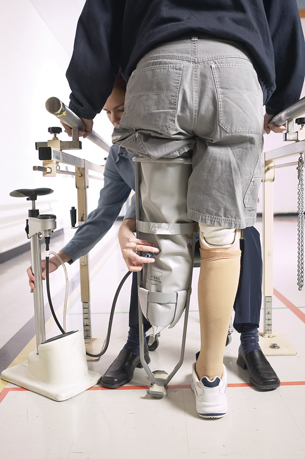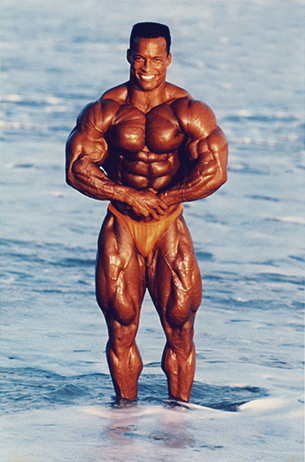Module 6 Intro
1. Module 6 Intro
1.3. Lesson 1 Intro
Module 6—The Motor System and Homeostasis
Lesson 1—Movement and Muscle Tissue
 Get Focused
Get Focused

© 2007 Jupiterimages Corporation
Most people take their daily movements for granted. The ability to walk down the street, jump up and down, throw a ball, or even get out of bed in the morning are all abilities that rely on a motor system or a muscular system to occur. The study of movement is all part of the science of kinesiology. This particular field looks at all aspects of human movement including health, wellness, and performance.
The University of Calgary has a world-renowned Faculty of Kinesiology with divisions that allow students to research topics ranging from athletic therapy, biomechanics, nutrition, exercise, sport, and health physiology related to psychology.
Although you will be focusing on the functional aspects of muscle movement in this lesson, there is more to the topic of movement than simply the contraction and relaxation of muscles. As you will see in following modules, no system works in isolation. An Olympic athlete relies on his or her motor system in order win a medal. However, overall excellence also depends on the support that the circulatory, respiratory, digestive, and excretory systems provided to those muscles.

You also rely on your motor system to carry you through your daily activities and, like an Olympic athlete, are reliant on their interaction with your other body systems. In many ways, your motor system forms the structural framework through which the other body systems maintain your homeostasis. You may not be a world-class athlete, but the well-being of your motor system is vital to your survival and your overall health, wellness, and performance in the less strenuous tasks of everyday life.
In this lesson you will learn about the structure and general function of the muscular system. You will specifically look at the types of muscle tissue, how muscles contract, and the sources of energy for muscle contraction.
In this lesson you will explore the following essential questions:
- How are the roles of cardiac, smooth, and striated muscles different?
- How do specialized structures in muscles cause muscle contraction?
- What is the relationship between energy use by muscle cells and heat production?
 Module 6: Lesson 6 Assignment
Module 6: Lesson 6 Assignment
Your teacher-marked Module 6: Lesson 1 Assignment requires you to submit a response to the following:
- TR 1. Types of Muscle Tissue
- TR 3. Energy Supply During an Activity
You can access your Module 6: Lesson 1 Assignment. You can print off the assignment or save the download to your computer. Your answers can be saved on this document to your course folder.
The other questions in this lesson are not marked by the teacher; however, you should still answer these questions. The Self-Check and Try This questions are placed in this lesson to help you review important information and build key concepts that may be applied in future lessons.
After a discussion with your teacher, you must decide what to do with the questions that are not part of your assignment. For example, you may decide to submit to your teacher the responses to Try This questions that are not marked. You may decide to record the answers to all the questions in the lesson and place those answers in your course folder.